
Hilton Lima Miraflores
Avenida La Paz 1099, Miraflores, Lima
 9.4 |Exceptional
9.4 |Exceptional 4.6 |Excellent
4.6 |Excellent

As the international gateway to Peru, Lima is an unavoidable stop for travelers planning a trip to Machu Picchu. But there are reasons to stick around. Spend a day or two here to experience the electrifying mix of old and new; meet Peruvians from every corner of the country and with ancestry from all over the world; and work your way through a long list of must-eats including ceviche, lomo saltado, causa rellena and more.
In Lima, you can choose to relax in the cosmopolitan atmosphere of the capital city or pack your itinerary full of visits to historic plazas and churches, 1,000-year-old adobe ruins, world-class restaurants, buzzing nightlife spots, ocean-view parks, and renowned museums and galleries. The capital city is a melting pot, with a long history of migration from other parts of the world, including Asia, Europe, and Africa. Add to that recent internal migration from the Andes, Amazon and coastal regions, and the result is a fantastic mix of vibrant backgrounds and cultures.
Lima has two clearly-marked seasons, summer and winter, with transitional periods in between. Being in the southern hemisphere, Lima has warmer, sunnier weather in the northern hemisphere’s winter months (December to March), and cooler, greyer weather in the northern hemisphere’s summer months (June to September).
Summer

Winter
There are quite a few factors that influence Lima’s weather. Peru is close to the equator, but the cold water Humboldt Current flows up from Antarctica and interacts with air temperatures to keep things cool.
The Andes Mountains are a second factor affecting the climate. The tall peaks, which begin to rise not too far from the coast, create a rain shadow effect that prevents rain clouds from forming. This geography explains why much of Peru’s coast is desert. In Lima, the result is a temperate climate with high humidity around the year.
During the winter months, a constant gray fog called garúa covers the city of Lima. Travel some miles north or south of the city or up into the foothills and you’ll experience the sunny skies that typify the rest of coastal Peru.
It is best to visit Lima during its summer season, between December and April. Lima in the summer is sunny, and with temperatures in the 70s and 80s (roughly 21°C to 30°C), you can visit the parks, beaches, and historic districts with ease - and fully enjoy a refreshing, citrusy ceviche lunch. This is a great time to experience summer from the southern hemisphere, and perhaps even escape the cold weather of your home city in the northern hemisphere.
The transitional months between summer and winter, May and November, can also be a nice time to visit, as the weather can be more moderate with a mix of cooler, cloudy days and warmer, clear days.

Francisco Pizarro founded the city of Lima in 1535, but indigenous populations settled the area around it for thousands of years before the arrival of Spanish conquerors. Peru’s earliest human settlements found hospitable ground in the fertile soils of the river valleys within the present-day department of Lima. Along the Río Chillón, not far from Lima city, archaeologists have excavated stone tools dating from approximately 7500 BC.
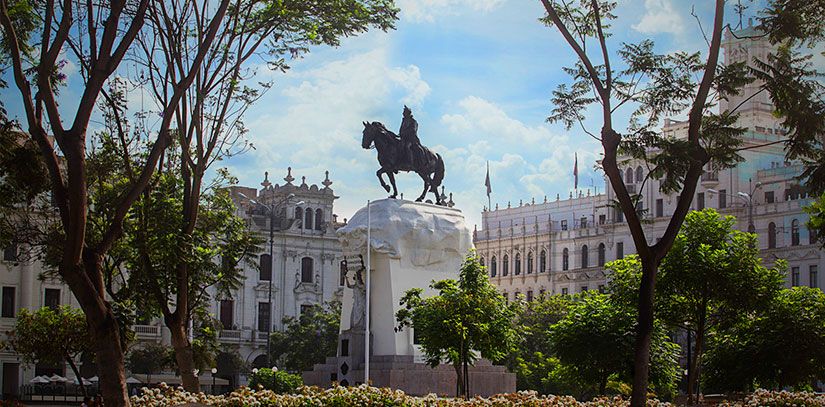
Around 1535, Spanish settlement began in Lima. After the fall of Cusco, conquistador Francisco Pizarro established a new city with a central plaza and church. In 1542, the Viceroyalty of Peru was created, but not officially recognized until Viceroy Francisco de Toledo arrived in 1572. South America’s struggle for independence from the Spanish Crown began in the early 1800s. In July 1821, Argentina’s General Jose San Martin sailed into the capital and declared the independence of Peru on July 28th, 1821.
The 1890s-1920s were a period of great urban renewal and expansion for Lima, from which point the population continued to grow exponentially. The 1990s marked a time of notable instability in Peru. Alberto Fujimori was elected president, partly in response to a rise of violent guerrilla movements and economic turbulence. Fujimori maintained power for ten years until he was forced to resign in a bribery scandal in 2000.
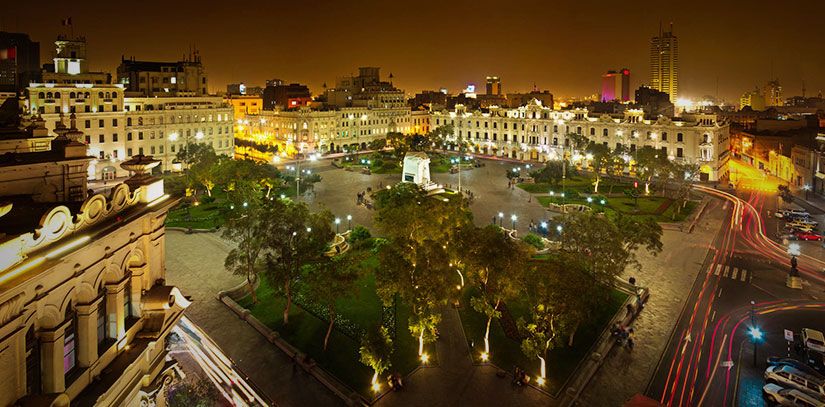
In the 21st century, Lima is enjoying a prolonged period of political and economic stability. In 2017, Lima’s metropolitan population was estimated at 10 million residents, representing about one-fourth of Peru’s total population. Today, the main tourist districts are Miraflores, Barranco and San Isidro, all of which hug the coast and are bursting with parks, historic sites, boutiques, world-class restaurants and premier hotels.
Historic Center of Lima
Alongside Arequipa and Cusco, the historic Lima center presents the best preserved example of Peruvian colonial architecture and urban planning. Officially founded in 1535, Lima quickly grew to become the wealthiest city in the Americas. Today, the historic core forms just a small section of a sprawling city, but remains the best place to trace the evolution of Peru’s biggest city back to its beginnings. A visit to the historic center is highlighted by gorgeous colonial churches, government palaces, museums, historic houses and the scenic Plaza de Armas.
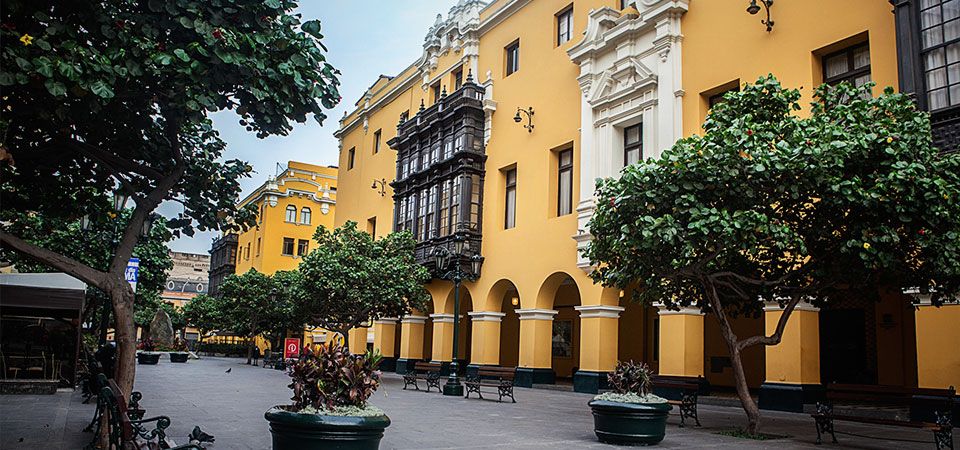
Miraflores
If the Lima historic center represents the city’s past, Miraflores embodies its vibrant present and ever-evolving future. Home to the must-sees Parque Kennedy and the coastal Malecon, as well as an endless number and variety of cafes, restaurants, bars, nightclubs and hotels for all budgets, it’s no surprise that Miraflores is a favorite destination for visitors to Lima.
Barranco
Lima takes a bohemian turn in the seaside community of Barranco, a longtime hub for Peru’s artists and intellectuals. With its tree-shaded streets, colorful wall murals, graceful colonial homes and a few galleries, Barranco presents yet another side of Lima you won’t want to miss. Spend a relaxing afternoon at a cafe or restaurant by the Puente de los Suspiros, walk down the Bajada de Baños to check out the beach, or dance the night away with Lima locals at a live music bar.
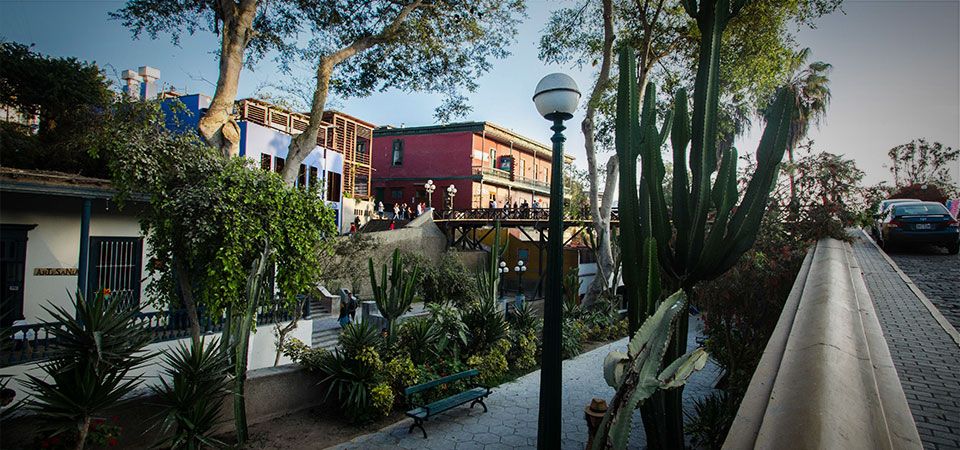
San Isidro
Financial district, upscale residential neighborhood, and home to a surprising array of bars and restaurants, San Isidro presents Lima’s most refined and elegant side. Spend a few nights in pampered comfort at the Westin (and check out their incredibly tranquil Heavenly Spa) or take some breaths of fresh air at the enchanting Parque El Olivar, a vast olive grove with more than 1,700 trees.


In South America, parks and plazas are social spaces where people gather to rest, chat, read, snack, and spend time with family and friends. Whatever Lima district you find yourself in, make time to see the main park or plaza and get a glimpse of local life. One must-see park is Parque Kennedy in the heart of Miraflores, and a must-see Plaza is the Plaza de Armas of Lima in the historic center.

If you travel for the food, you’ll be delighted with Lima’s exceptional dining scene. Peru is in the midst of a gastronomic boom and the capital city is its epicenter, filled with an endless variety of delectable cuisine. Some key dishes to try include ceviche, lomo saltado and causa a la limena. Don’t forget to pair with the national drink, the pisco sour, and sweeten the deal with picarones (Peruvian drip doughnuts) or suspiro de la limena (caramel custard with a port meringue).




Peru’s most modern and dynamic city is also home to some of South America’s most ancient relics. Witness this contrast with a visit to Huaca Pucllana, the 4th-century adobe temple surrounded by Miraflores’ high-rises. Yet more temple ruins are scattered through Pueblo Libre and San Miguel districts. Eighteen miles outside of Lima, Pachacamac temple has been an important complex for millennia.


Along the coastal malecon you find the immaculate outdoor mall that is Larcomar. The open air shopping experience with Pacific views is an excellent way to spend part of your afternoon. With 16 restaurants and cafes, and a variety of boutiques, this is a must-see while in Miraflores.


Avenida La Paz 1099, Miraflores, Lima
 9.4 |Exceptional
9.4 |Exceptional 4.6 |Excellent
4.6 |Excellent
Calle Juan Fanning 515 - 525, Miraflores, Lima
 9.6 |Exceptional
9.6 |Exceptional 4.6 |Excellent
4.6 |Excellent
Av. Alfredo Benavides 271, Miraflores, Lima
 9.4 |Exceptional
9.4 |Exceptional 4.6 |Excellent
4.6 |Excellent
Av. La Paz 720, Miraflores, Lima
 8.8 |Excellent
8.8 |Excellent 4.6 |Excellent
4.6 |ExcellentFrom establishments owned by award-winning chefs, top plates from around Peru, and luxurious to casual ambiances, there are a lot of excellent restaurant choices in Lima. The selection of delicious dining options are truly endless and ever-changing. Browse a handful of highly-recommended restaurants below. You might want to make a reservation in advance as these are popular spots:



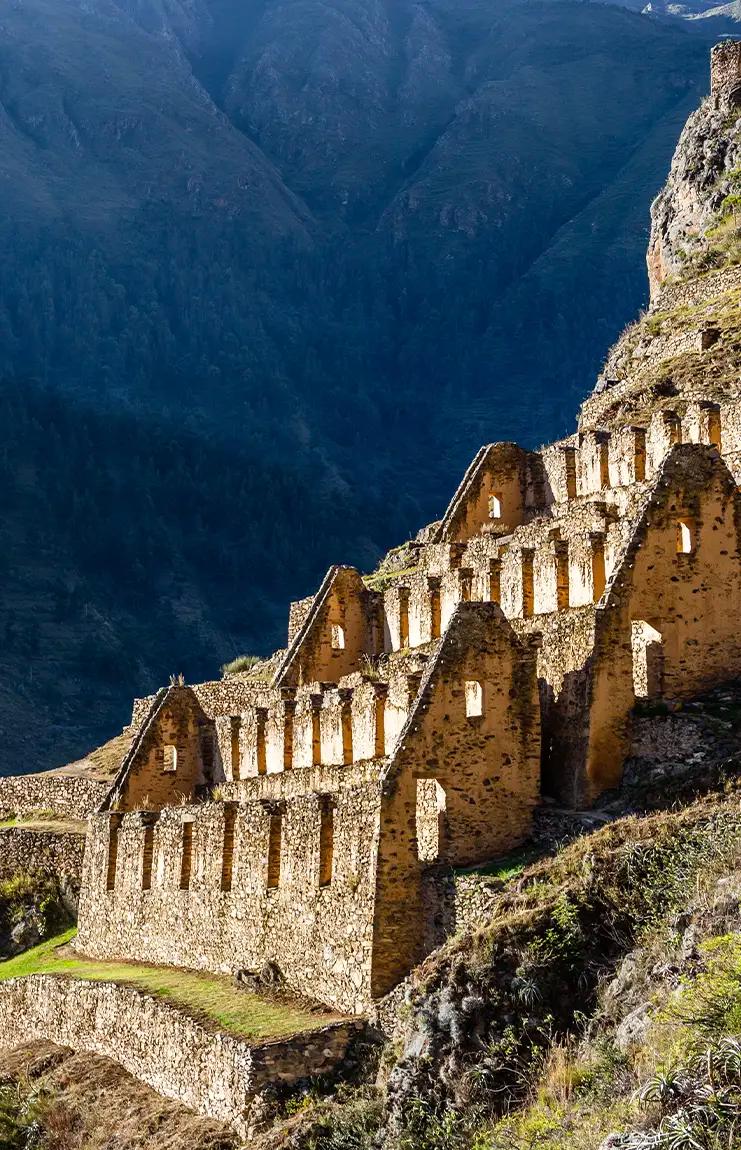
16 days from $3869
Machu Picchu, Cusco, Titicaca, Amazon, Lima, Paracas, Arequipa & Colca


9 days from $3649
Cusco, Sacred Valley, Machu Picchu, Lima & Amazon Cruise
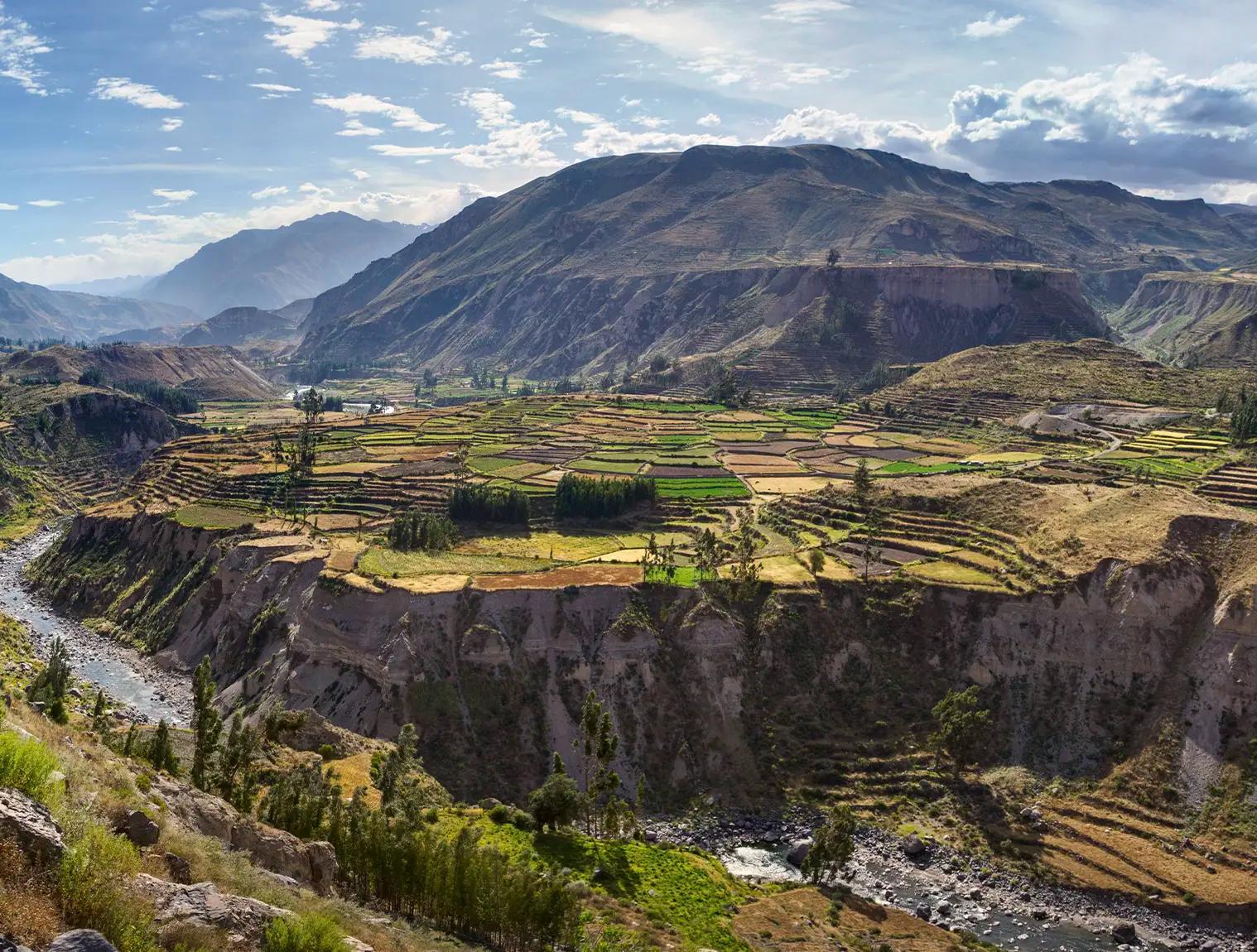

11 days from $2769
Machu Picchu, Cusco, Lima, , Paracas, Arequipa & Colca Canyon
Email: [email protected]
Sign up to receive our newsletter for great articles, stunning photos, and special deals.
Sales & travel support